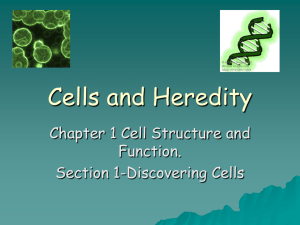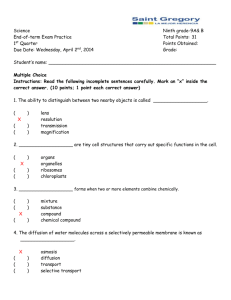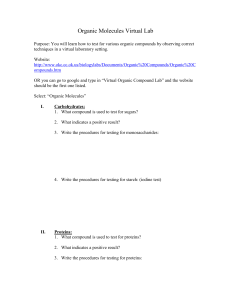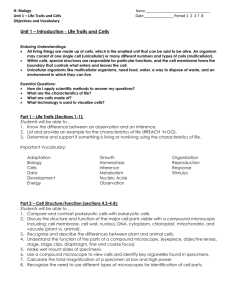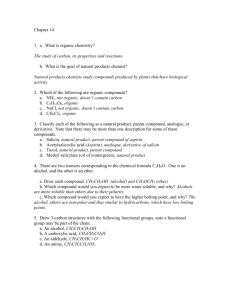Cell Structure and Function Terms
advertisement
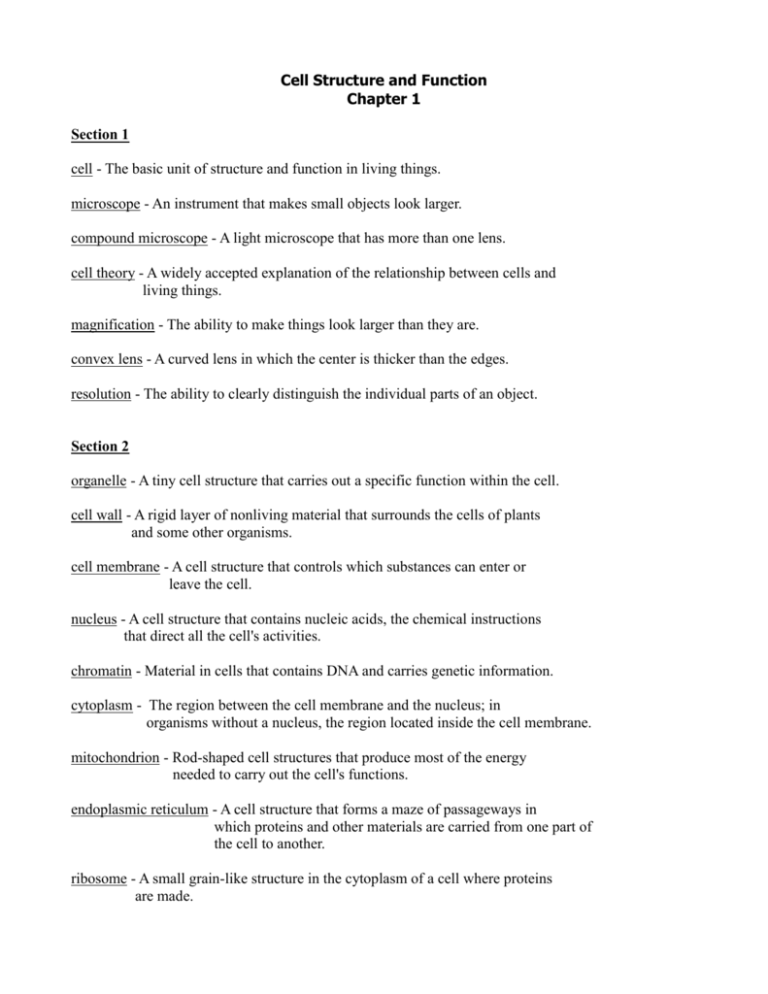
Cell Structure and Function Chapter 1 Section 1 cell - The basic unit of structure and function in living things. microscope - An instrument that makes small objects look larger. compound microscope - A light microscope that has more than one lens. cell theory - A widely accepted explanation of the relationship between cells and living things. magnification - The ability to make things look larger than they are. convex lens - A curved lens in which the center is thicker than the edges. resolution - The ability to clearly distinguish the individual parts of an object. Section 2 organelle - A tiny cell structure that carries out a specific function within the cell. cell wall - A rigid layer of nonliving material that surrounds the cells of plants and some other organisms. cell membrane - A cell structure that controls which substances can enter or leave the cell. nucleus - A cell structure that contains nucleic acids, the chemical instructions that direct all the cell's activities. chromatin - Material in cells that contains DNA and carries genetic information. cytoplasm - The region between the cell membrane and the nucleus; in organisms without a nucleus, the region located inside the cell membrane. mitochondrion - Rod-shaped cell structures that produce most of the energy needed to carry out the cell's functions. endoplasmic reticulum - A cell structure that forms a maze of passageways in which proteins and other materials are carried from one part of the cell to another. ribosome - A small grain-like structure in the cytoplasm of a cell where proteins are made. Golgi body - A structure in a cell that receives proteins and other newly formed materials from the endoplasmic reticulum, packages them, and distributes them to other parts of the cell. chloroplast - A structure in the cells of plants and some other organisms that captures energy from sunlight and uses it to produce food. vacuole - A water-filled sac inside a cell that acts as a storage area. lysosome - A small round cell structure that contains chemicals that break down large food particles into smaller ones. Section 3 element - Any substance that cannot be broken down into simpler substances. atom - The smallest unit of an element. compound - Two or more elements that are chemically combined. molecule - The smallest unit of most compounds. organic compound - A compound that contains carbon. inorganic compound - A compound that does not contain carbon. carbohydrate - Energy-rich organic compounds, such as sugars and starches, that are made of the elements carbon, hydrogen, and oxygen. protein - Large organic molecules made of carbon, hydrogen, oxygen, nitrogen and sometimes sulfur. amino acid - Small molecules that are linked together chemically to form proteins. enzyme - A type of protein that speeds up a chemical reaction in a living thing. lipid - Energy-rich organic compounds, such as fats, oils, and waxes, that are made of carbon, hydrogen, and oxygen. nucleic acid - A very large organic molecule made of carbon, oxygen, hydrogen, nitrogen, and phosphorus, that contains instructions that cells need to carry out all the functions of life. DNA - Deoxyribonucleic acid; the genetic material that carries information about an organism and is passed from parent to offspring. RNA - Ribonucleic acid; a nucleic acid that plays an important role in the production of proteins. Section 4 selectively permeable - A property of cell membranes that allows some substances to pass through, while others cannot. diffusion - The process by which molecules move from an area of higher concentration to an area of lower concentration. osmosis - The diffusion of water molecules through a selectively permeable membrane. active transport - The movement of materials through a cell membrane using energy. passive transport - The movement of materials through a cell membrane without using energy. Atom Element Compound (Smallest compound is a Molecule) Cells Tissues Organs Organ System Organism Most Common Organic Compounds – Compounds that contain carbon. - Carbohydrates = provides energy, makes up part of cell membrane and cell wall Examples: potatoes, noodles, rice and bread - Proteins = Makes up cell membrane and other organelles, Speeds up chemical reactions in the body (enzymes) Examples: meat, eggs, fish, nuts and beans - Lipids = Stores energy, makes up cell membrane Examples: fats, oils and waxes - Nucleic Acids = Contain the instructions for the cell to carry out all the functions of life The Importance of Water in a Cell - Helps with chemical reactions Maintains cells shape and size Carries materials in and out of the cell Keeps cell temperature stable

